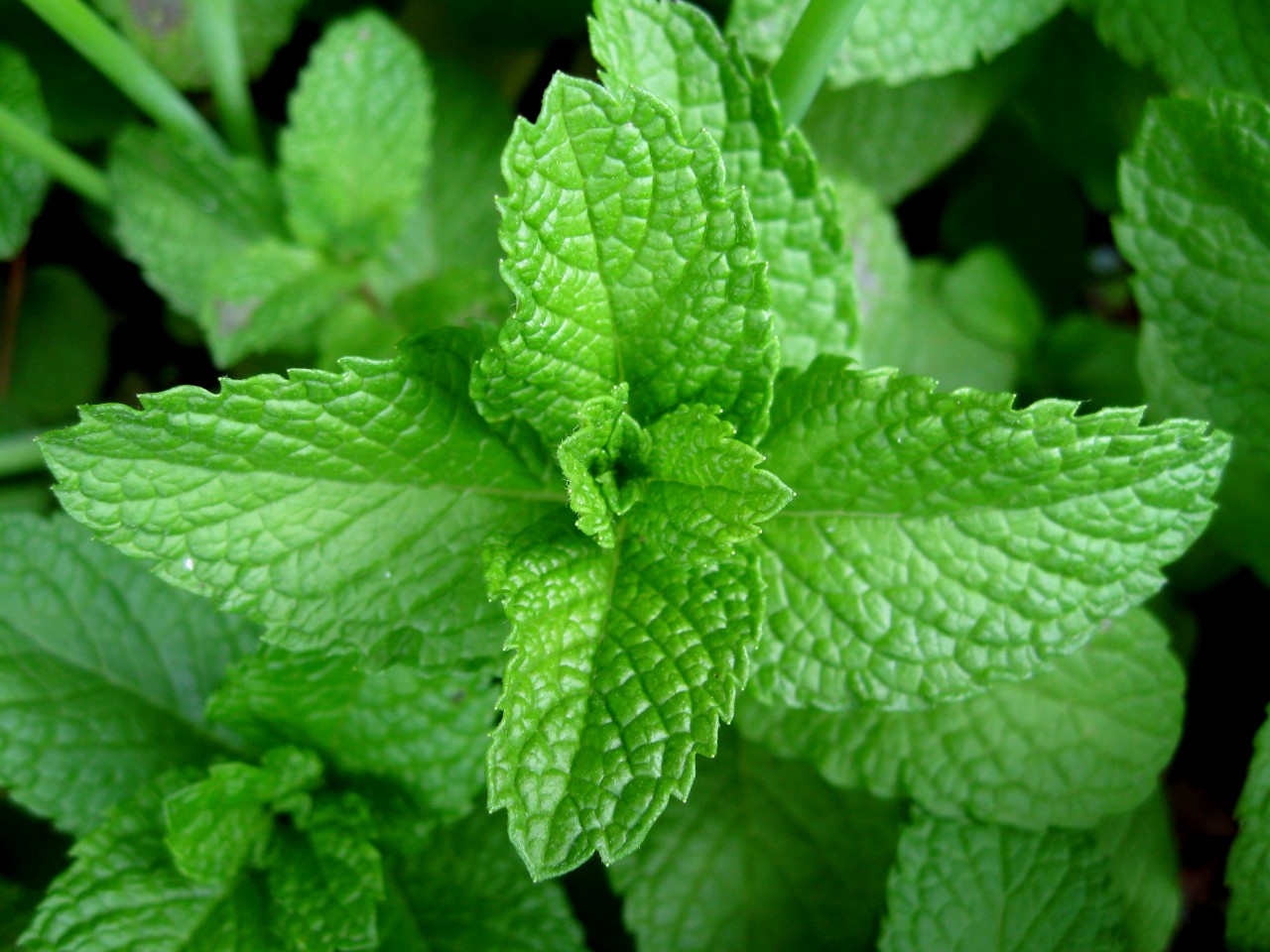
Cold and flu season brings many unwanted symptoms that can impact your daily life; coughs, sniffles, congestion, aches and pains, and tiredness are just some of the symptoms associated with colds and flu. There are several essential oils that you can use to help to manage these symptoms – and allow you to get on with your busy schedule!
Methods of Application of Essential Oils for Colds and Flu
Depending upon your symptoms, you can use essential oils in the following ways for colds and flu:
- diffusion – useful for congestion, tiredness (depending upon essential oils chosen), and a general feeling of well-being. Refer to the manufacturer's guidelines for specific use.
- Steam inhalation – particularly useful for congestion issues; fill a bowl of steaming, warm water, and add appropriate essential oils; use 2% dilution for general use. Cover your head with a towel and lean over the bowl. Inhale for five to ten minutes.
- Roll-on applicators – useful for congestion, aches and pains, tiredness, and a general feeling of well-being; dilute appropriate essential oils in a base of jojoba (Simmondsia chinensis) or another appropriate carrier oil. Use 2% dilution for general use. Apply as needed to the temples, chest area, wrists, and other relevant areas of the skin.

Eucalyptus Essential Oil for Colds and Flu
The eucalyptus spp. produces a variety of essential oils that are beneficial to coughs, colds, and flu. It is important to know which essential oil to use, as the chemical make-up of some eucalyptus spp. is more powerful than others. Eucalyptus spp. include:
- Blue gum eucalyptus (Eucalyptus globulus) – high content of cineol; use for aches and pains, coughs, colds, flu. Avoid use in conjunction with homeopathy.
- Eucalyptus smithii (Eucalyptus smithii) – high content of 1.8 cineole; use for colds, flu, coughs, aches and pains.
- Lemon-scented eucalyptus (Eucalyptus citriodora) – high content of citronellal; use for fever, colds, aches and pains. Avoid use in conjunction with homeopathy.
- Broad-leaf peppermint eucalyptus (Eucalyptus dives) – high content of piperitone; use for aches and pains, colds, flu, fever, and coughs.
Use eucalyptus spp. essential oils with caution in babies and young children.

Mint Essential Oil for Cold and Flu
There are several species of mint that produce an essential oil for aromatherapy use with colds and flu; these include:
- Peppermint (Mentha x piperita) – high content of menthol and menthone; use for tiredness, aches and pains, colds, flu, fever, catarrh. Avoid use in conjunction with homeopathy.
- Spearmint (Mentha spicata) – high content of menthone, carvone, and menthol; use for catarrh, colds, fever, flu, tiredness. Avoid use in conjunction with homeopathy.
- Cornmint (Mentha arvenis) – high content of menthol and menthone; use for tiredness, aches and pains, colds, flu, fever, catarrh. Avoid use in conjunction with homeopathy.

Citrus Essential Oil for Colds and Flu
Citrus essential oils provoke an overall feeling of well-being, given their light, uplifting aromas. Citrus essential oils for colds and flu include:
- Lemon (Citrus limon) – high content of limonene and other monoterpenes; use for colds, flu, fever, catarrh, and general well-being. Avoid use in sunlight as the (expressed) essential oil is photo-toxic.
- Lime (Citrus aurantifolia) – see Lemon.
- Sweet orange (Citrus sinensis) – high content of limonene; use for colds, flu, and general well-being.
Some citrus essential oils may cause skin sensitization in some individuals.
Cautions for Using Essential Oils for Colds and Flu
Check cautions for all essential oils, before using them, if you are unfamiliar with the use of essential oils.
Consult a certified aromatherapist for further information.
This article is for educational purposes only and it is not a substitute for medical advice.
References:
- Falsetto, Sharon, 2014, Authentic Aromatherapy, US: Skyhorse Publishing
- Caddy, Rosemary, 1997, Aromatherapy: Essential Oils in Colour, UK: Amberwood Publishing Ltd.
- Lawless, Julia, 1995, The Illustrated Encyclopedia of Essential Oils, UK: Thorsons
- A decade of the international training and experience of a certified aromatherapist.

Comments on this post ( 0 )